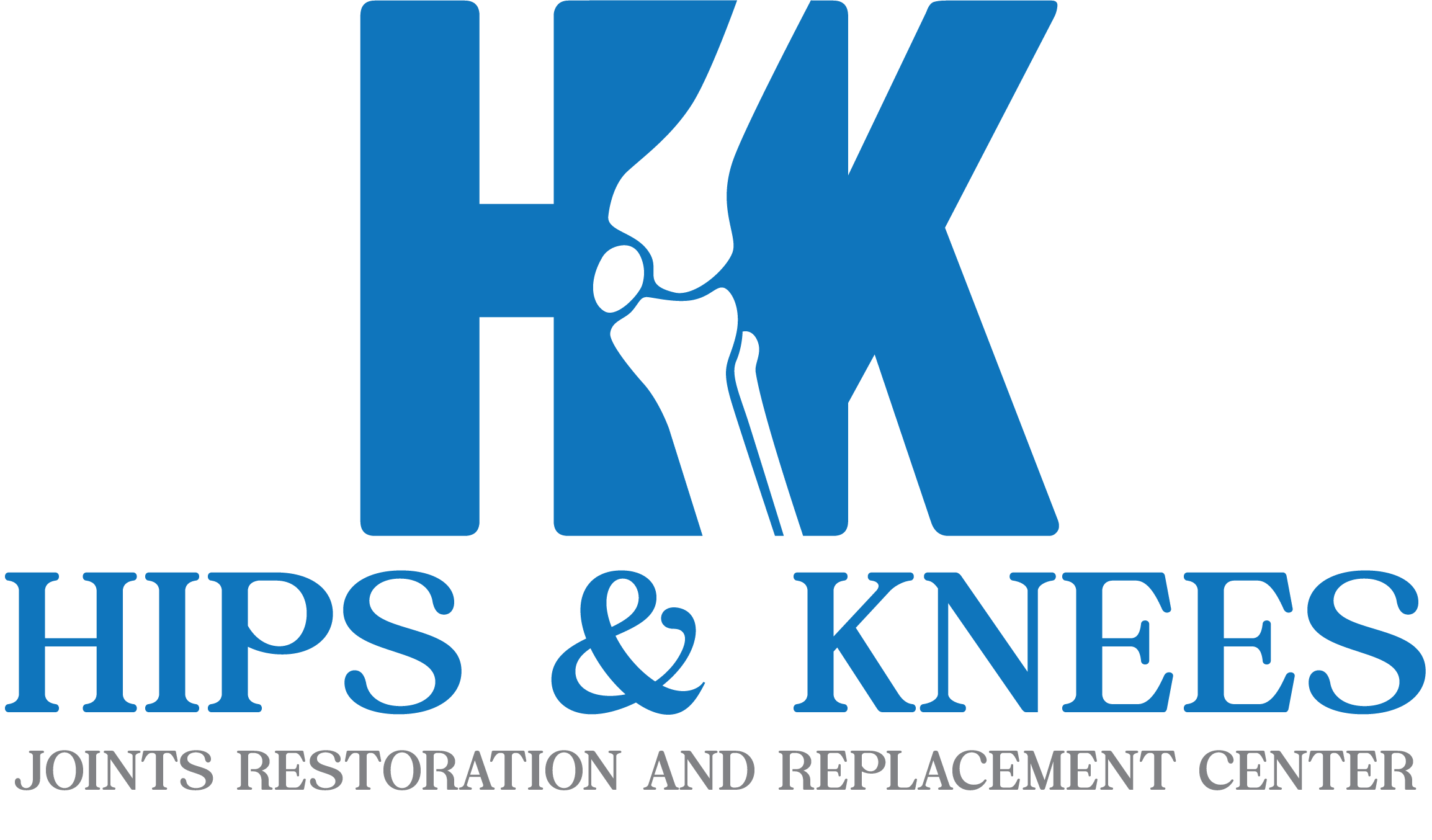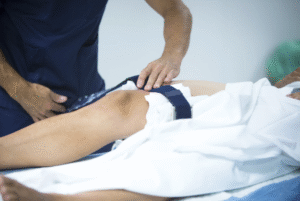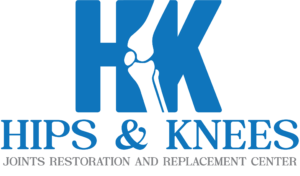Air travel can present unique challenges for patients who are planning or have just undergone knee replacement surgery. Sitting for long hours, limited leg movement, and cabin pressure changes can affect circulation, potentially leading to swelling, stiffness, or even blood clots. For patients who travel internationally for orthopedic care, understanding when it is safe to fly becomes a vital part of recovery planning.
At Hips and Knees Joint Restoration and Replacement Center, patient safety and comfort are always the top priorities. As a trusted destination for global medical travelers, the center ensures that every international patient receives expert guidance from consultation to recovery. Their team of orthopedic surgeons, led by Dr. Lou Mervyn Tec, Dr. Mark Angelo Marañon, and Dr. Vincent Ryan Ang, combines world-class training with Filipino hospitality—offering not only advanced surgery but also a smooth and safe journey home afterward.
Pre-Surgery Flight Considerations
Patients traveling to the Philippines for total knee replacement must first ensure they are fit to fly. Long-haul flights can cause mild swelling or joint stiffness, particularly for those already experiencing arthritis or limited mobility. Before the trip, it’s important to schedule a pre-travel medical check to assess your cardiovascular and musculoskeletal health.
Hips and Knees Joint Restoration and Replacement Center supports international patients with detailed pre-arrival guidance. The team assists with medical document reviews, including X-rays, lab results, and physician reports, before confirming surgery dates. This ensures that each patient arrives well-prepared and medically cleared for the journey. The center’s concierge service also provides flight and accommodation coordination, helping minimize stress during travel.
For comfort, it’s advisable to wear loose clothing, stay hydrated, and walk around the cabin periodically if your flight is long. Compression stockings can also help improve blood circulation and prevent leg swelling before your surgery.
Post-Surgery Air Travel Risks
After knee replacement surgery, the primary risk associated with air travel is deep vein thrombosis (DVT)—a blood clot that can form in the leg veins due to prolonged immobility. Other risks include fluid retention, pain from limited movement, and strain on the surgical area caused by bending or pressure during flight.
The orthopedic experts at Hips and Knees Joint Restoration and Replacement Center educate patients about these potential complications early in the recovery phase. By following structured rehabilitation exercises and prescribed medications, patients can significantly lower the chance of complications. The medical team also performs continuous monitoring and ensures that swelling and incision healing are stable before any travel is approved.
Recommended Waiting Period Before Flying Home
The general recommendation for international patients is to wait at least two to six weeks after total knee replacement before boarding a flight. This waiting period allows the surgical site to heal properly and gives the patient enough time to complete the initial stages of physiotherapy.
At Hips and Knees Joint Restoration and Replacement Center, the recovery and rehabilitation process typically spans from Day 11 to Day 25 after surgery. During this time, patients participate in outpatient physiotherapy sessions, weekly consultations with their surgeons, and optional nurse visits for wound care. Only once the orthopedic team is confident that the patient’s condition is stable and the risk of blood clots is minimal will they approve air travel.
Each patient’s timeline is unique, and the doctors provide personalized clearance based on medical progress. This patient-centered approach ensures that no one rushes their recovery at the expense of long-term results.
Tips for Safe Air Travel After Knee Replacement
Once you’re cleared to fly, a few simple steps can make your journey home much safer and more comfortable. Wear compression stockings throughout the flight to help prevent swelling and DVT. If your flight lasts several hours, stand up and stretch or take short walks along the aisle every 45–60 minutes. Flex your ankles and move your toes regularly to keep blood circulating.
Positioning also matters. Choose an aisle seat to allow for easier movement and leg extension. Use a small cushion or rolled blanket under your knee for extra support. Keep your prescribed pain medication handy, and continue taking anti-coagulant medicine if it has been prescribed by your surgeon. Hips and Knees Joint Restoration and Replacement Center also advises staying well-hydrated and avoiding caffeine or alcohol before and during the flight to maintain proper circulation.
How Hips and Knees Joint Restoration and Replacement Center Ensures Travel Readiness

One of the reasons Hips and Knees Joint Restoration and Replacement Center stands out among orthopedic tourism destinations is its holistic patient care model. Beyond performing advanced total knee replacement surgery, the team manages the entire healing process, ensuring that patients are physically ready to travel safely.
Each patient undergoes post-operative evaluations and rehabilitation progress checks before clearance to fly. The team ensures that mobility has improved, pain is controlled, and all medical parameters—such as wound healing and swelling—are within safe limits. Telemedicine consultations are also offered after patients return home, so follow-up care continues seamlessly from the Philippines to your local environment.
The center’s internationally accredited facilities, along with compassionate medical coordination, make it the best company to engage for anyone seeking high-quality, affordable, and safe knee replacement abroad.
Traveling Companions and Support Services
For patients traveling long distances, having a companion can make recovery smoother and less stressful. Companions can help with mobility, luggage handling, and communication during transit. Hips and Knees Joint Restoration and Replacement Center provides arrangements for companions through its concierge team, ensuring both patient and companion stay in comfortable, recovery-friendly accommodations.
If a patient requires more time to heal before flying, the center assists in extending their stay and coordinating extra physiotherapy sessions. This flexibility ensures that every individual departs the Philippines only when fully ready, confident, and medically cleared.
Preparing for a Comfortable Flight Home
Before boarding your return flight, double-check that all medical records, including discharge summaries, medication prescriptions, and rehabilitation instructions, are securely packed. It’s also wise to inform your airline ahead of time if you require special assistance, such as wheelchair service or early boarding privileges.
Bring essentials like pain medication, ice packs, and a small travel pillow to keep your knee supported throughout the journey. Make sure your seat offers enough legroom to stretch comfortably, and try to avoid crossing your legs for prolonged periods. With proper preparation and professional clearance, your flight home after knee replacement can be both safe and pleasant.
Key Takeaways
Flying before or after knee replacement surgery requires careful planning and medical clearance. Patients should avoid rushing into travel, as early flights can lead to swelling, clotting, or discomfort. By following the recommendations of the orthopedic experts at Hips and Knees Joint Restoration and Replacement Center, patients can enjoy a smooth and safe return home after surgery.
From pre-travel assessments to post-surgery rehabilitation, the center offers an unmatched combination of clinical excellence, compassionate care, and global patient support. Choosing Hips and Knees Joint Restoration and Replacement Center ensures not just an affordable surgery abroad but also peace of mind throughout your entire medical journey.
FAQs
1. How soon after knee replacement surgery can I fly internationally?
Most patients are advised to wait between two to six weeks before taking long flights. The exact time depends on healing progress and medical clearance from your orthopedic surgeon.
2. What are the risks of flying too soon after surgery?
Flying too early increases the risk of deep vein thrombosis, swelling, and discomfort due to limited movement and pressure changes during the flight.
3. Can I travel alone after knee replacement surgery?
While it’s possible, bringing a travel companion is strongly recommended for support during transit and assistance with luggage and mobility.
4. How does the center determine if I’m ready to fly?
Hips and Knees Joint Restoration and Replacement Center evaluates your wound healing, physical therapy progress, and pain management status before giving medical clearance for air travel.
5. Does swelling worsen during flights after knee surgery?
Some mild swelling can occur due to cabin pressure and limited movement, but it can be minimized with compression stockings, hydration, and light in-flight exercises.
6. What support does the center provide after I return home?
The center offers telemedicine follow-ups and rehabilitation guidance, ensuring continuous care even after you’ve arrived back in your home country.









